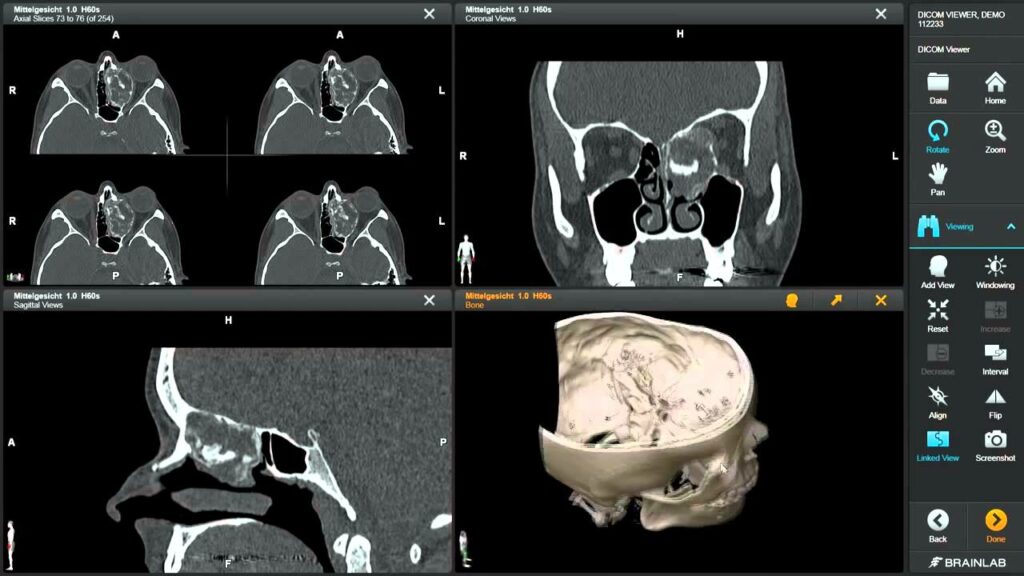Radiology is the discipline that is responsible for deciphering the information contained in images of our body to diagnose or inform other specialists and even the patients themselves of how the pathologies suffered are developing.
Radiologists are exposed to a workload of approximately 200 cases in a normal working day. 200 cases equal 200 people, with different illnesses, and different stories. With this workload, the person’s story is normally relegated to the background, but we all know that human closeness in a context like this is a necessary asset and it should always remain in the foreground.
There are different software tools, as well as imaging standards, that radiologists use to do their work. Among them, we could speak of DICOM (Digital Imaging and Communication in Medicine), the standard for the communication of information related to images. Regarding software, we could talk about PACSonWEB, a portal where both hospital specialists or doctors from private practice, and patients themselves can easily access their image repositories, avoiding the bureaucracy and long waits involved in transferring from one source to another.
Companies from all over the world are dedicated to the development and improvement of these systems, trying to reduce as much as possible the time that specialists spend examining each image so that they can dedicate that time to their own professional well-being or to dealing directly with patients, procuring that necessary human proximity for a longer time.
How can design help in this specific specialty? Through the interfaces and the constant study of the behavior of professionals in the work context. The interfaces with which doctors interact daily should be clear and accessible, all the most used tools should be quickly identifiable and above all, the series of images should be able to be combined in the way that is necessary to obtain a 360 view. degrees of the pathology being analyzed. It must be taken into account that these people spend the day in a dark room, therefore, the interfaces must be designed so as not to overexpose the eyes of the professionals. Likewise, it is at that very moment of image analysis in that dark room when the diagnosis is made, not afterward. Typing would be a waste of time, therefore the design and development of dictation tools and good speech recognition are highly necessary.
To sum up, the continuous interaction with radiology professionals to understand their needs and how they work, the design and conception of interfaces in which navigation is totally intuitive, and the reinforcement of tools that facilitate voice interaction within the software, are the steps that the UX Design and UI Design must imminently address in order to improve the quality of life of radiologists in their work environment.


________________________________________________________________________________________________________________
Literature:
https://www.dicomstandard.org/